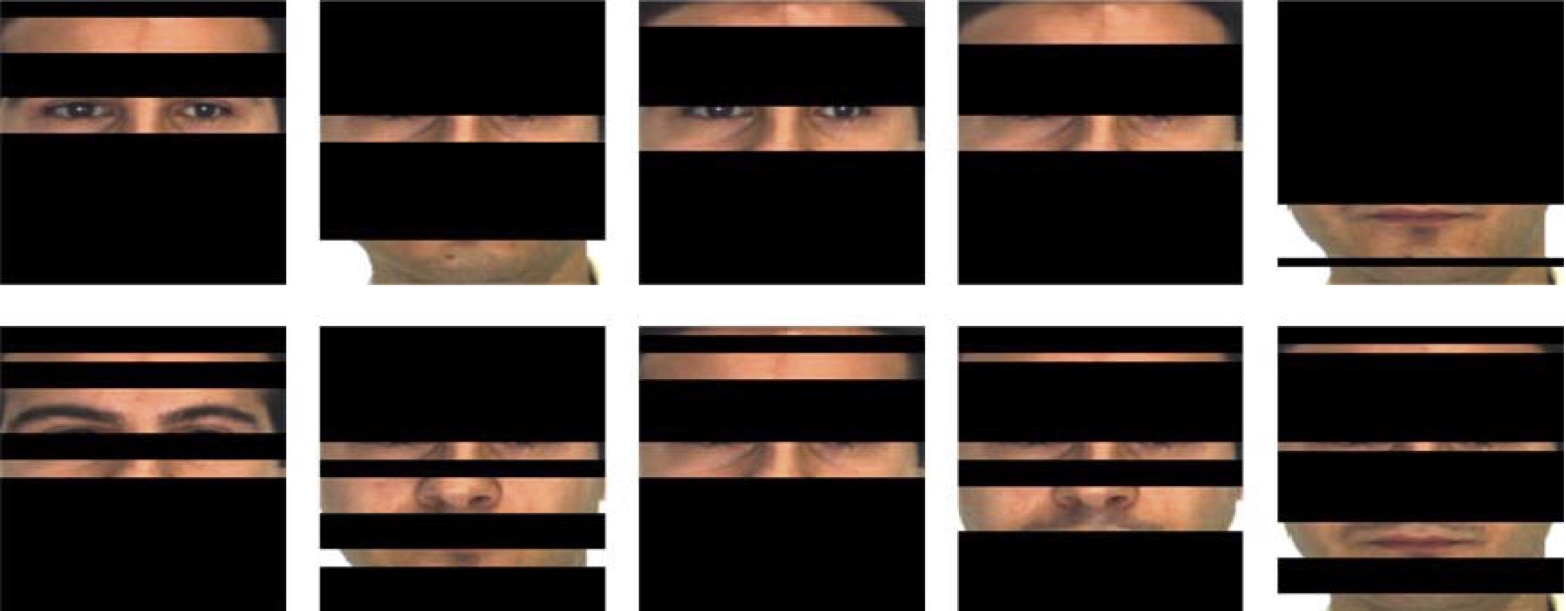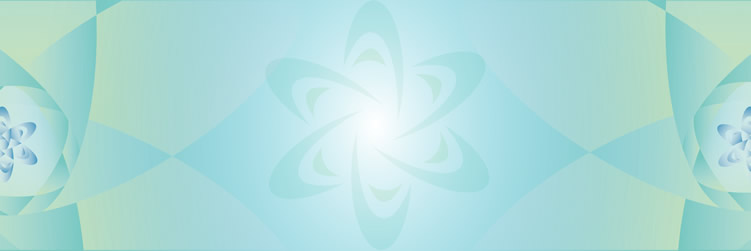Quaternion-domain Color Image Local Feature Representation: Theory and Algorithms
Zhou Yi Cong
University of Macau
A quaternion is a traditional number system that contains a real part and three imagery parts. Mathematicians have developed many theories and algorithms to solve various quaternion math problems but pay less attention to their applications. This research project aims to explore quaternion theories and algorithms in application of color image processing. Many real-world vision applications demand advanced theories and algorithms to extract robust local feature representations of color images. Putting red, green, and blue color channels of a color image into three imagery parts of the quaternion, a color image can be represented as a quaternion matrix whose elements are pure quaternions with no real parts. Applying any mathematical operation directly to the quaternion representation of a color image allows users to process all color channels simultaneously and independently while preserving cross-channel correlations and within-channel spatial relationship of color image pixels. Motivated by these advantages, this research project develops several innovative quaternion local feature representations and their corresponding theories for color image recognition and classification. The project outcomes have great impacts to the research communities of Macau, China and beyond.

Fig 1 Quaternion representation of a color image

Fig 2 Visualization of the first ten basis vectors of 2D quaternion sparse discriminant analysis



